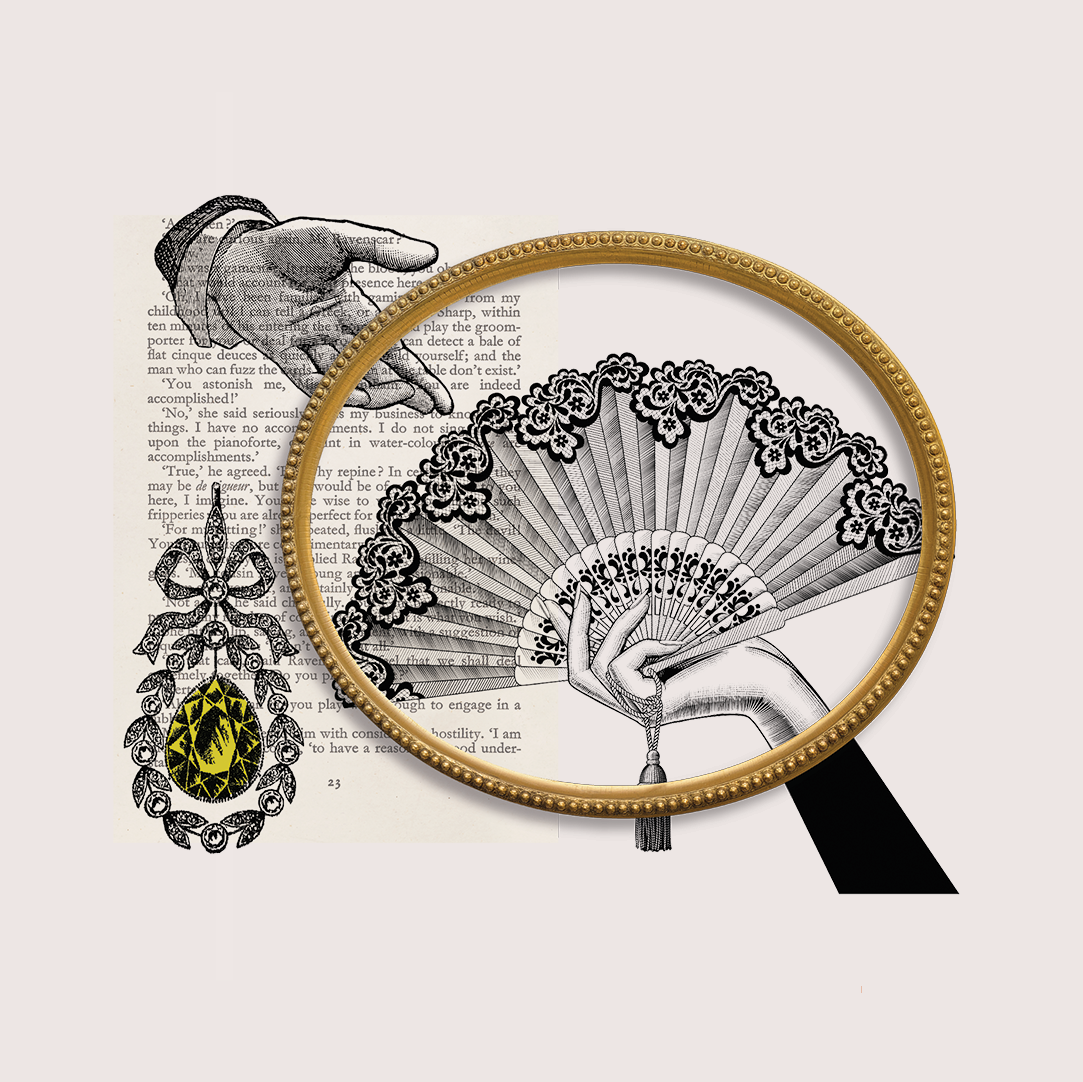Georgette Heyer was an engaging child whose parents adored her. They gave her books from an early age and she could read by the age of three. Her father, George Heyer, was a Cambridge Classics graduate with a great love of literature and a penchant for writing. He brought Georgette up on a rich literary diet of Shakespeare, Jane Austen and Charles Dickens, along with the classical Greeks, the Bible, the Renaissance poets and playwrights, and a wide variety of poetry.
By the age of seventeen, when she was writing her first novel, Georgette had been so influenced by these great writers that she had developed an ear for language and dialogue that in time would help to set her own books apart. She was an avid reader and her father encouraged her to borrow from his personal library any book that took her fancy. Jane Austen would become her favourite author, and such was her familiarity with Shakespeare that, when prompted by a randomly chosen Act and scene, Georgette could recite the lines by heart.
Throughout her writing life she would draw inspiration for several her plots and characters from Austen’s novels and the Bard’s plays – Pride and Prejudice and Much Ado About Nothing were particular favourites. Charles Dickens was another important influence, for her father was a Dickens enthusiast who could recite whole chapters by heart. At the age of ten Georgette read and loved Pickwick Papers and by young adulthood had read all of Dickens’s novels.
Reading Heyer, it is easy to see his influence in the vivid characterisation of even her most minor characters. But it was not only the colourful characters, the brilliant plots, and sparkling dialogue that the young Georgette absorbed from these legendary writers – it was also the ways in which they each built worlds that felt real. This was especially true of Jane Austen, and it was to her novels, letters, and juvenilia that Heyer often turned for authentic information about the Regency world in which she set so many of her own books.
Though Austen was not writing history but fictional stories set in her own time, by 1935 – when Georgette wrote her first Regency novel – Austen’s stories were no longer just brilliant novels, but had also become inspiring sources of information about life in early nineteenth-century England. Georgette would use Austen’s novels and those of writers including Fanny Burney, Pierce Egan, Felix Macdonough, Maria Edgeworth, ‘Monk’ Lewis, and Ann Radcliffe to help create her fictional worlds.
It was Georgette’s father who taught his clever daughter about the value of historical fiction. In April 1923, George Heyer gave a fascinating lecture to the exclusive Wimbledon Literary and Scientific Society entitled ‘History in Fiction’. In it he declared that ‘the best historical novels rank with history, and serve as a valuable stimulus to the young’. He also divided historical fiction into two main categories: identifying the first as ‘novels in which writers describe their own times’ such as Chaucer, Shakespeare, Austen, Thackeray and Dickens, and the second as ‘novels in which the writers describe past times’ such as Sir Walter Scott and Alexander Dumas. George also argued that, although Shakespeare and Scott were ‘sometimes inaccurate’ in their history, Shakespeare ‘always rendered the spirit of the time faithfully’ and ‘Scott's portraits of historical characters were never distorted’.
Georgette adopted both of these ideas in her own writing and, inspired by the novelists, worked hard to keep faith with her readers by rendering her fictional worlds as historically accurate as possible. Her father also admired the contemporary fiction of his own early twentieth-century era. In his lecture he argued that, for the general reader, ‘knowledge of the eighteenth century and early Victorian times was gained mainly from the work of the novelists’ and he perceptively suggested that at some future date an understanding of his own time would probably be gleaned from the works of authors such as John Galsworthy and Arnold Bennett and their contemporaries.
Perhaps it is ironic that in the twenty-first century it is his own daughter’s historical novels that have inspired countless readers and writers to seek a greater understanding of the Regency and Georgian eras – if only to increase their enjoyment of her brilliant books.
Jennifer Kloester, June 2024

